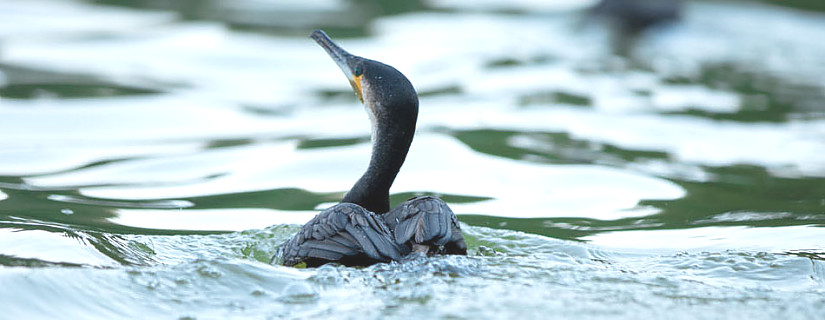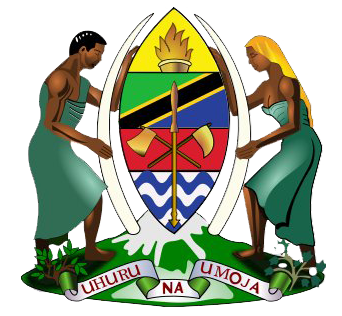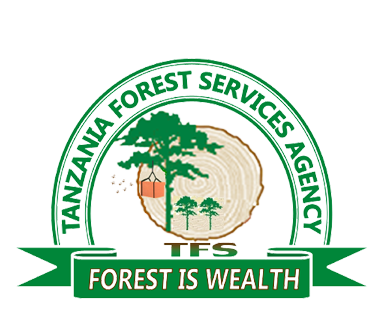
Lake Duluti Forest Reserve
LAKE DULUTI FOREST RESERVE
“A paradise of reptiles and birds”
The reserve is located in the Northern tourism circuit in Arusha Region and it covers an area of 86.24Ha
including a crater lake of 60Ha, which is the determinant of the surrounding moist forest. The lake is the main
attraction of the reserve with its deepest point reaching 700m with no surface inlet or outlet of water.
TOURIST ATTRACTIONS
These include the crater lake full of greenish colored water, a forest with 255 species of plants, prayer mountains and caves, view point (for Mt. Kilimanjaro, Mt Meru and Arusha City), reptiles such as green
mambas and monitor lizards, 104 bird species including grey herons, fish eagles, cormorants, ospreys and kingfishers. Small animals like monkey and squirrels are also found in the reserve.
ECOTOURISM ACTIVITIES
These include canoeing, sport fishing, bird watching, forest walk and hiking, camping, filming, photographing and worshiping seclusions.
ACCESSIBILITY
Lake Duluti Forest is accessible by road about 14km from Arusha City center and 1.3km from Tengeru town.
NEARBY TOURIST ATTRACTIONS SITES
Other tourist attractions near Lake Duluti are Napuru/Themi waterfalls, Arusha and Kilimanjaro National Parks, Mererani Tanzanite Mining Site. Cultural Tourism Enterprises at Tengeru and Arusha International Conference Center (AICC).
ACCOMMODATION
The reserve offers camping facilities. Other accommodation facilities can be secured in the nearby hotels at Tengeru and Arusha City
FOR MORE INFORMATION CONTACT:
Conservator,
Lake Duluti Forest Reserve,
P.O. Box 12105,
Tengeru–Arusha
Email: duluti@nature-reserves.go.tz
Phone: +255 768 183 252
Instagram: @lake.duluti
Facebook: Lake Duluti Ecotourism Centre


